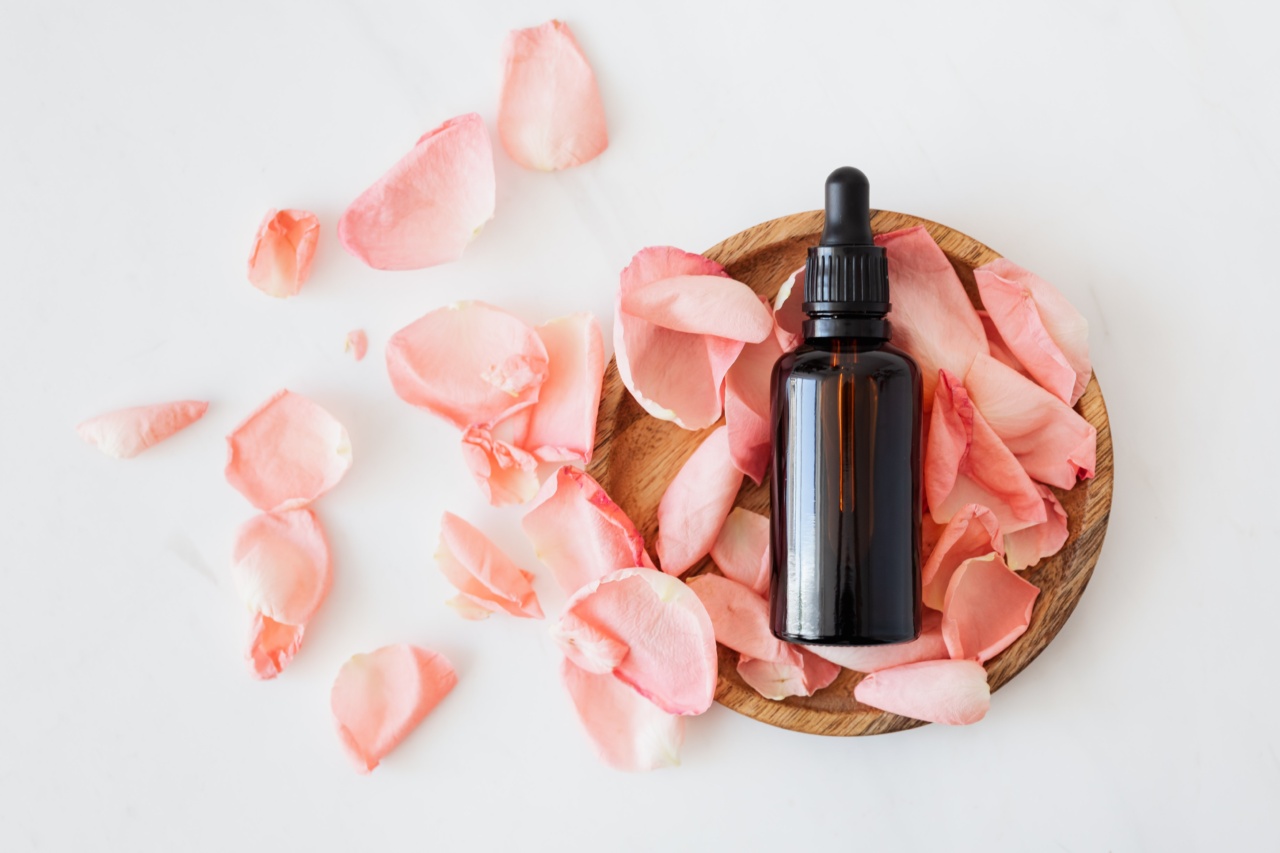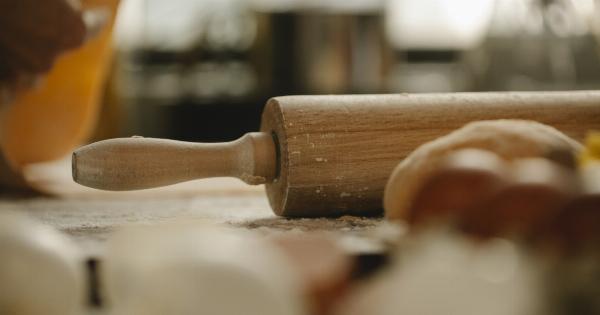Essential oils are one of the most popular natural remedies to help with various ailments. They come from plants and can provide a wide range of benefits, including stress relief, pain management, and overall wellness.
However, not all essential oils are created equal. Just like with any product, there are fake or low-quality versions on the market. In this article, we’ll discuss ways to determine if an essential oil is fake, so you can be sure you’re getting the real deal.
Check the Price
One tell-tale sign that an essential oil may be fake is the price. If it seems too good to be true, it probably is. Authentic essential oils undergo a rigorous distillation process, which is why they can be quite expensive.
If you come across a bottle of essential oil that is significantly cheaper than other brands, it may be a sign that it’s not 100% pure.
Check the Label
The label on a bottle of essential oil can also tell you a lot about the product. Look for essential oils that have the scientific name of the plant on the label.
This is because there are different species of plants, and each one produces different compounds that can affect the quality of the oil. If the label has a common name instead of the scientific name, it may be an indication that the oil is not pure or high-quality.
Check the Bottle
The packaging of the essential oil can also give you clues about its quality. Authentic essential oils are usually packaged in dark-colored glass bottles to protect them from sunlight and heat, which can affect their potency.
A clear or plastic bottle may be a sign that the oil is not as pure as it claims to be.
Smell Test
One of the easiest ways to determine if an essential oil is fake is by using your sense of smell. Authentic essential oils have a strong, distinct aroma, and the scent should match the plant from which it’s derived.
If the scent is weak or doesn’t smell like the plant, it may be a sign that the oil is not pure.
Do Your Research
If you’re not sure if the essential oil you’re buying is authentic, do some research. Look up the brand online and read reviews from other customers.
You can also check the company’s website to see if they provide information about their production process and quality control.
Buy from Reputable Brands
Another way to ensure that you’re getting authentic essential oils is by buying from reputable brands. Choose a brand that has a good reputation in the industry and has been around for several years.
Established brands have a lot to lose if they start selling fake or low-quality essential oils, so they’re more likely to sell authentic products.
Check the Ingredients
The ingredients listed on the bottle can also give you clues about the quality of the oil. Authentic essential oils should only have one ingredient — the pure oil extracted from the plant.
If the label lists other additives or synthetic ingredients, it’s a sign that the oil may not be pure.
Try a Blotter Test
A blotter test involves placing a few drops of the essential oil on a white piece of paper or tissue. Authentic essential oils should evaporate quickly and not leave behind any oily residue.
If the oil leaves a greasy spot or takes a long time to evaporate, it may be a sign that it’s not pure.
Trust Your Gut
If something about the essential oil doesn’t feel right, trust your instincts.
You know your body and what works for you, so if the oil doesn’t provide the benefits you’re expecting, it may be a sign that it’s not pure or authentic.
Conclusion
Authentic essential oils can provide many health benefits, but it’s important to know how to spot a fake or low-quality product.
By checking the price, label, bottle, ingredients, and testing the scent and blotter, you can ensure that you’re getting a pure and authentic product. Always buy from reputable brands and trust your instincts if something doesn’t feel right.

























